Australia: Remote Kimberley Coast Reef has Much to Offer
Western Australia’s Kimberley coast has so much to see and do, but it has it’s restrictions. When exploring this remote coastline, Jack and Jude Binder found an offshore reef with no crocodiles, great fishing, white sand and some warm water for swimming.
Published 3 years ago
A long Covid winter sharpened their need for adventures far away from viruses, media and authority, so long time Australian cruisers Jack and Jude Binder decided to share their experiences of some of the most remote places they have visited around a continent that has the world’s longest continuous coastline.
The Kimberley Coast’s numerous crocodiles stop anyone but the brave and foolish from entering the water. And while the fishing can be good in some select locations, it can be quite ordinary in the turbid, fast flowing waters found around many of the anchorages.

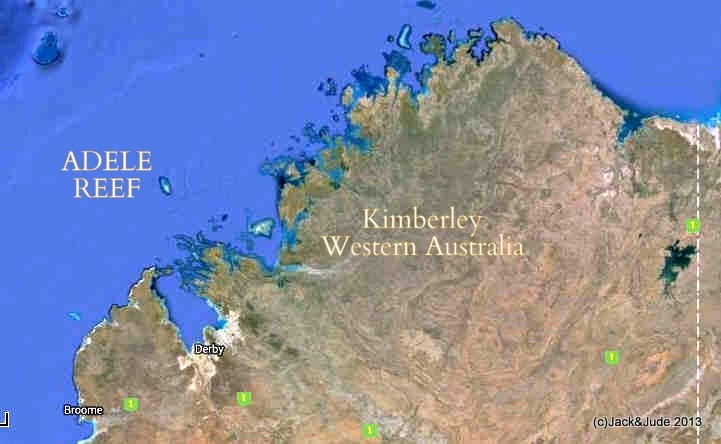
- Adele Reef is situated off the Kimberley Coast of North-Western Australia.
On our last journey through these waters we found a place that fills those gaps. Lying well offshore from King Sound, Adele Reef has no crocodiles. And while the water is not as clear as other mid-ocean coral reefs, it is clear enough to snorkel amongst a huge variety of marine life in the soft and hard corals. We saw numerous turtles, many just off our anchored vessel, and several huge rays. Plus, a mother whale and her calf kept us company for a few days. And of course because Adele Reef is the only land for many miles, the islets and lagoon are filled with seabirds.
We never went without a feed of fish. The fishing was exciting and fast. Each time returning from our swim near the smaller islet, schooling Queen fish chased our outboard and struck our small lure within seconds of it going in. Closer to the sandy shore we lured in pan sized Turrum. Both specie in schools so large we dug out our GoPro to film them underwater.
ENTRANCE
The pilot recommends entering at low water, which surprised us until we followed their advice. As Adele lies near King Sound, home of Australia’s largest tidal range, the reef covers over considerably and with the slight turbidity makes finding the reef edge a little hard at high tide. At low tide, the edge is often exposed, and Fraser Inlet, being quite deep, is easy to follow. There are two isolated dangers and low water makes them more visible in good light.
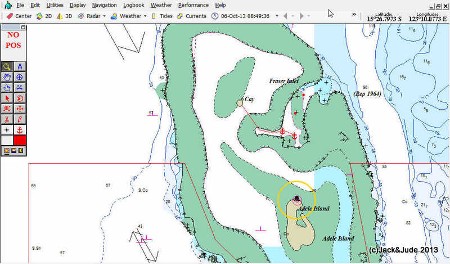

ANCHORAGE
Sand, sand and more sand. There is just miles of pure coral sand at Adele and the anchorage varies from 5 to 10 M over a large area. There is no protection from wind, but then there is little of that around Adele Reef. Any swell is blocked by the extensive coral flats, and we found perfect mill pond conditions for most of our week long stay in August.

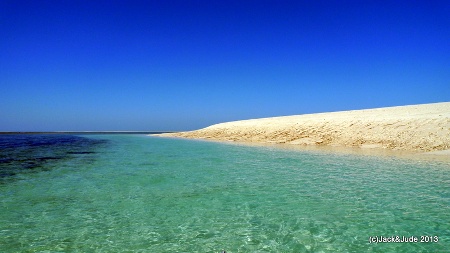
- Adele Reef offers crystal clear waters and white sands.
GPS Waypoints:
Anchorage – 15° 28.679’S 123° 09.415’E
Safe water – Coral heads near to west
15° 27.446’S 123° 09.698’E
15° 28.002’S 123° 09.431’E
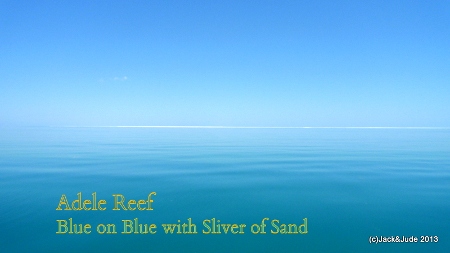

SWIMMING
We choose Adele Reef so that Jude could exercise her recently broken leg while the sea supported her weight. But to our delight, what we found was a swimmer’s paradise. Following a torturous channel to the smaller sand cay revealed a deep water channel right up to the sand. Even at low water, we could literally run our dinghy right up onto the sand islet with the outboard still in waist deep water. Schools of fish swam past us on their way in and out of the captive lagoons. The other spin off with visiting at low water is the huge area of sand that’s exposed, perfect for a wander.

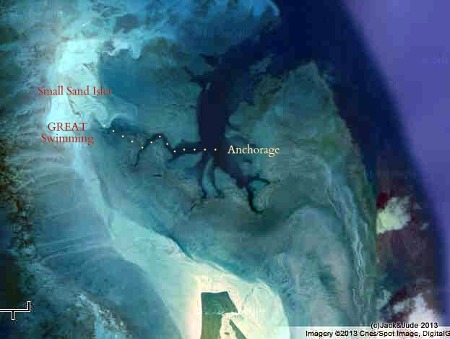
- Our Swimming Spot at Adele Reef.
Adele Island Bird Colony
Adele Island is an important site for breeding seabirds with several listed species breeding of the Japan-Australia Migratory Birds Agreement (JAMBA), China-Australia Migratory Birds Agreement (CAMBA) and Republic of Korea Migratory Birds Agreement (ROKAMBA). And, with rookeries of Cormorants, Australian Pelicans, Lesser Frigate Birds (Fregata ariel), Brown Booby (Sula leucogaster), Red-footed Booby (Sula sula) and Masked Booby (Sula dactylatra). In global terms, birds breeding on the island include the Lesser Frigatebird with 2000-5700 breeding pairs, Brown Booby with 1500-8500 breeding pairs, Grey-tailed Tattler with up to 5500 individuals, and Red-necked Stint with up to 4100 individuals.
……………………………………………………………………………………………………………………………………..
See more “Off the Beaten Path” articles and resources here.
………………………………………………………………………………………………………………………………………
About the Authors
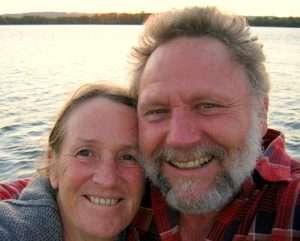

Their blog is filled with simple ideas for making life afloat more fun, safe, and comfortable, including links to online videos, Cruising Guides, and DVDs and Books that they have produced, plus a page on products that served them well during 200,000 miles of ocean travel.
The Sailing Adventures of Jack and Jude
Australia, Daw Island: An Outpost of Nature (article for Noonsite November 2021)
………………………………………………………………………………………………………………………………………….
The opinions expressed in this article are the author’s own and do not reflect the view of Noonsite.com or World Cruising Club.
Related to following destinations: Australia, Western Australia
Related to the following Cruising Resources: Off the Beaten Path






We visited Adele Reef in 2018 and near to where we came ashore in the dinghy there was a crocodile slide. Probably missed the crocodile by minutes/seconds. I would not go swimming there.